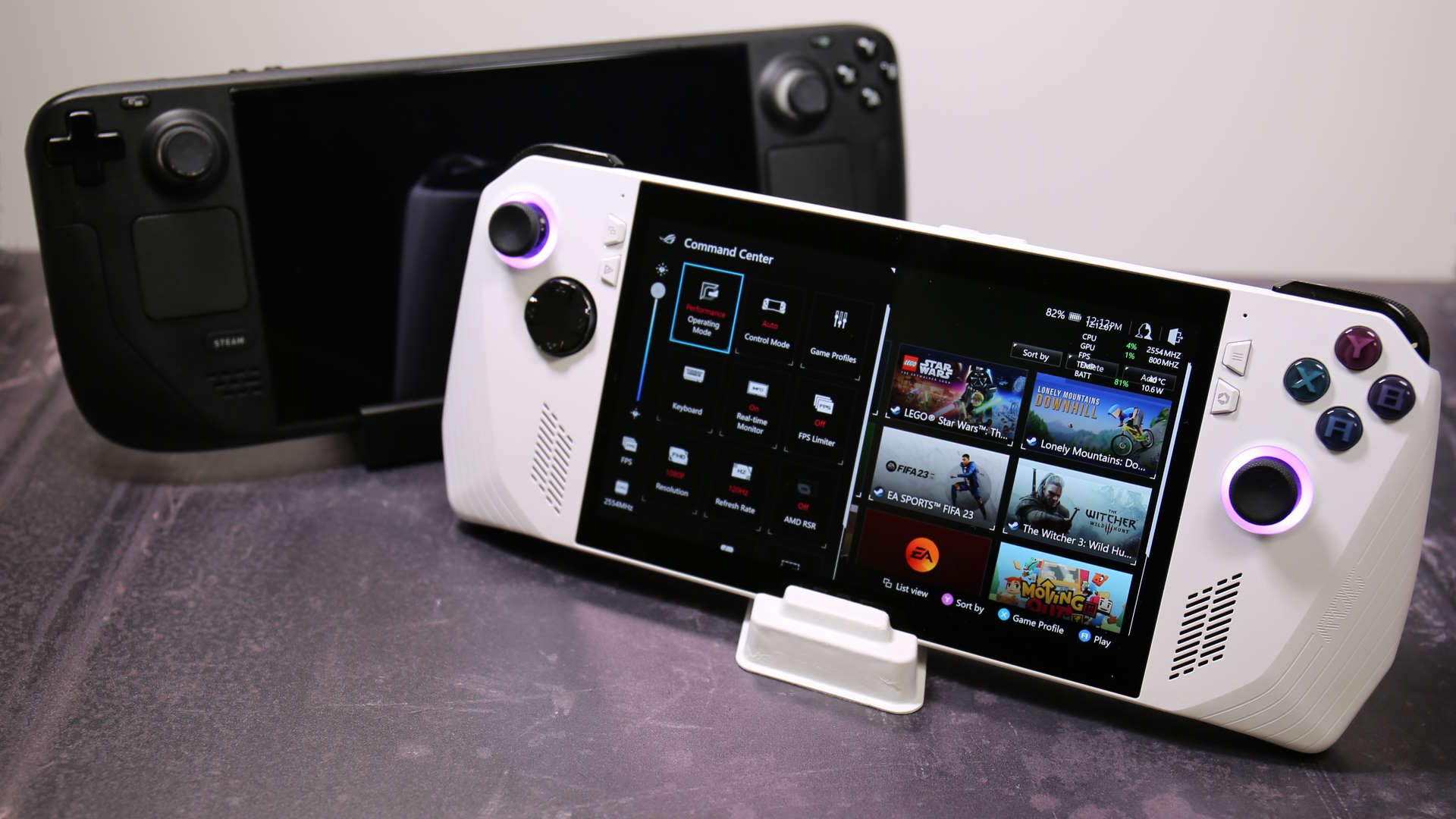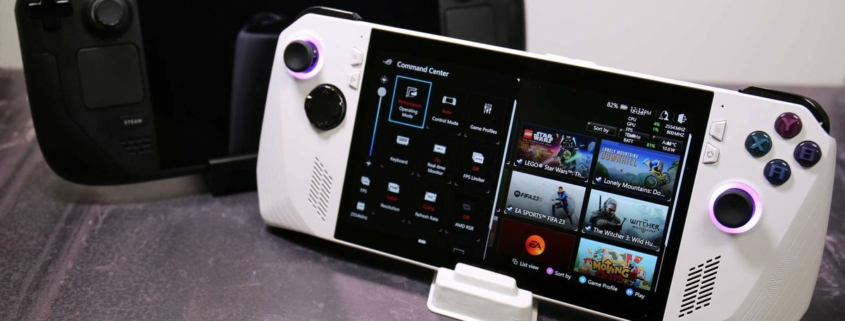Valve is ‘continuing to work on adding support’ for other handhelds, but ‘SteamOS isn’t ready to run out of the box’ just yet

The release of Valve’s SteamOS for handheld gaming devices other than the company’s own Steam Deck hasn’t quite reached Half-Life 3 levels of can-kick-down-the-roadery. But it’s getting there.
Last week we reported on a tantalizing hint that Valve’s Linux-based gaming operating system might be just about to roll our for Asus’s ROG Ally handheld. It still might be. But we’ve now spoken directly with Valve designer Lawrence Yang and, well, let’s just say it doesn’t seem imminently imminent.
“SteamOS isn’t ready to run out of the box on other handhelds yet, but we’re continuing to work on adding support,” Yang told PC Gamer when we asked about
a new entry reading “Added support for extra ROG Ally keys” in the SteamOS release notes.
So, SteamOS isn’t ready to run on other handhelds today and Valve isn’t putting a time frame on the release. Though at least with some third-party support starting to make it into beta releases of the OS, it does feel like we’re starting to get somewhere. But, not to put too fine a point on it, but this is still becoming a teensy bit of a drag now.
The original Steam Deck launched over two years ago in February 2022, Valve said that a standlone version of SteamOS was coming soon. Then last year when the revised Steam Deck OLED was released, Valve confirmed that its focus was getting SteamOS onto other handhelds as opposed to a general release for pretty much any x86 PC or laptop.
Here we are in mid 2024 and, well, nada. Valve is still working on it, but it doesn’t seem like they are spooling up to announce anything. Of course, you could argue there’s no particular reason why Valve needs to release SteamOS for competing handhelds or indeed as a general build with wide compatibility for PCs.
It’s very much what we’d like to see, but the incentives from Valve’s perspective, what with SteamOS currently being a fairly significant USP for the Steam Deck, aren’t totally straight forward.
To be fair to Valve, ensuring a consistent experience across multiple handheld devices is never going to be easy. Even with similar hardware, performance characteristics vary. Likewise, detail spec differences, whether its a plethora of WiFi adapters or differing screen resolutions, all need to be supported or optimized for.
Put another way, it’s one thing providing a polished experience from SteamOS on a single in-house device, the Steam Deck, quite another to have it running slickly and consistently across a whole gaggle of third-party handhelds, let alone any old PC.
Source link




